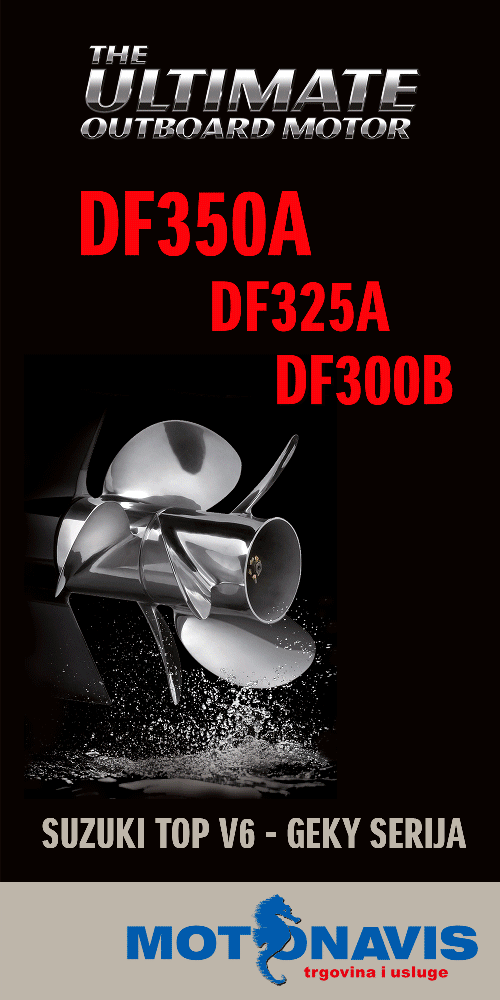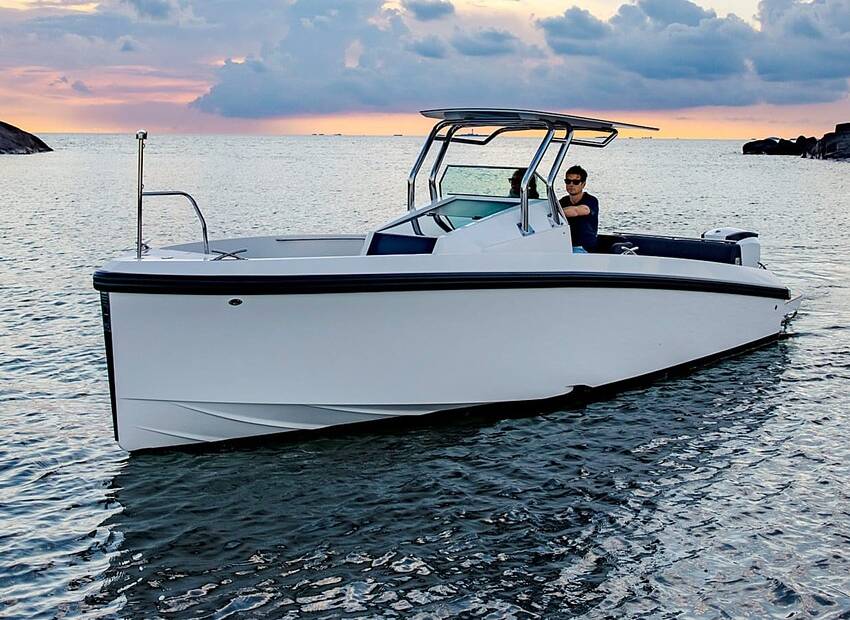Five Heavy Weather Tactics for Sailboats Under Power
If you need to power against a stiff breeze and sea...
you will want to use the heavy weather tactics...
that give the best ride, comfort and fuel conservation.
Put these five tough-weather sailing tips to the test...
for safer sailboat cruising on the waters of the world...
It's Your Call, Skipper!
~~~~~~~~~~~~~~~~~~~~
Did know that many sailing deliveries are to upwind destinations? And on a delivery where time can be a factor, skippers often use the diesel engine a large percentage of the time. Sail and powerboat heavy weather tactics are similar. Follow these five easy sailing tips to learn how you can ease the stress on your sailboat, deck gear, and sailing crew when you need to power against a stiff wind and sea!"...
In heavy weather, prepare to deal with rolling (side to side) and pitching (up and down) motion. First and foremost, know the capabilities of your crew and cruising boat. Then follow these five tips to maintain positive boat control:
1. Use "Course-Averaging" for Easier Sailing Courses
Whether you have autopilot or not, you will want your sailing crew or partner to know how to average the desired sailing course when steering in rough weather. Legendary yachtsman and author John Mellor says you will do well to steer a course within five or ten degrees in rough weather. So, it makes more sense to steer an average course than to fight the helm to try to steer an exact course.
Steer to one side of the desired track for a certain number of degrees for a set interval of time; then steer the same amount on the other side of the desired course for the same interval of time. For example, you might steer five degrees "high" on the sailing course for ten minutes; then steer five degrees "low" on the sailing course for ten minutes. This technique still provides an accurate course over ground and your sailing crew or partner will be less fatigued at the wheel or tiller.
2. Tack on Upwind Courses
For upwind destinations, powerboats should tack across the seas like a small sailboat. Keep the sea waves 35 to 45 degrees off your bow. Don't allow the boat to turn beam to the seas. This increases rolling. In breaking seas, the boat could broach (roll onto her side and capsize). Use lots of helm and adjust your throttle speed to keep the bow angled to the seas for a smoother ride.
3. Slow Down to Ease the Ride
Slamming through seas creates enormous stress on the hull; fatigues even the saltiest seaman and could cause injury. Reduce speed and you will be surprised how quickly the ride and crew morale improve!
4. Shift Weight Away from the Bow
Heavy marine anchors and ground tackle in the bow cause pitching, or up and down motion. This could cause "wave plunging", where the bow dives into the next wave ahead. The boat shudders, the bow fills with blue water and your boat slows to a crawl. Pitching also increases the incidence of seasickness among the crew. Shift weight toward the center of the boat and keep it low to help resolve pitching problems.
5. Reduce Yawing when Running Downwind
A vessel will often yaw--swing in a horizontal plane from side to side--when heading downwind in rough seas. Use a triple dose of anti-yaw medicine to put this ugly motion to bed. Reduce speed, increase weight aft, and keep off the face (forward part) of breaking waves.
Small cruising sailboats sometimes tow warps (long bights of line) from the stern to help keep the stern square to the sea waves. If you choose to do this under power, attach flotation all along the warp to prevent the line from fouling the propeller.
~~~~~~~~~~~~~~~~~~~~
Few small boat cruising skippers relish the thought of getting caught out in tough marine weather. But with these five tips, you will have the skills and knowledge to get through it with flying colors!
Find more heavy weather sailing tips in Captain John's new eBook, "101 Secret Sailing Tips" !






















